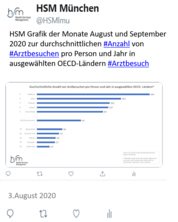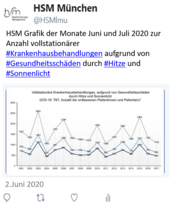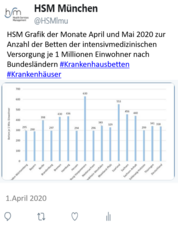Multimorbidity in the German Elderly Population – Part 2: Utilization of Ambulatory Medical Care A Study Based on Statutory Health Insurance Data
| Authors/Editors: |
van den Bussche, H Schäfer, I Sundmacher, L. Hansen, H Scherer, M Wegscheider, K Glaeske, G Schön, G |
|---|---|
| Publication Date: | 2012 |
| Type of Publication: | Articles in Refereed Journals (National) |
| ISBN/ISSN: | 1433-6251 |
| erschienen in: | Z Allg Med |
| Weitere Quellenangabe: | 88:11:455-60 |
Abstract
Background
The authors report on the utilization patterns of ambulatory medical care in the elderly German statutory insured population with special reference to multimorbidity.
Methods
The study is based on the claims data of all policy holders aged 65 and older of a statutory health insurance company operating nationwide in 2004 (n = 123,224). Utilization was analyzed by the number of contacts with practices of physicians working in the ambulatory medical care sector.
Results
Multimorbid patients had more than twice as many contacts per year with physicians than those without multimorbidity (36 vs. 16). These contact frequencies were associated with visits to 5.7 different physicians per year in case of multimorbidity vs. 3.5 in case of non-multimorbidity.
Conclusions
The above list of dominating chronic conditions and their combinations could present a pragmatic start for the development of needed guidelines related to multimorbidity. The question arises, whether the observed extremely frequent contact rate especially with specialists serves in any way to improve medical care of the elderly, multimorbid population.





